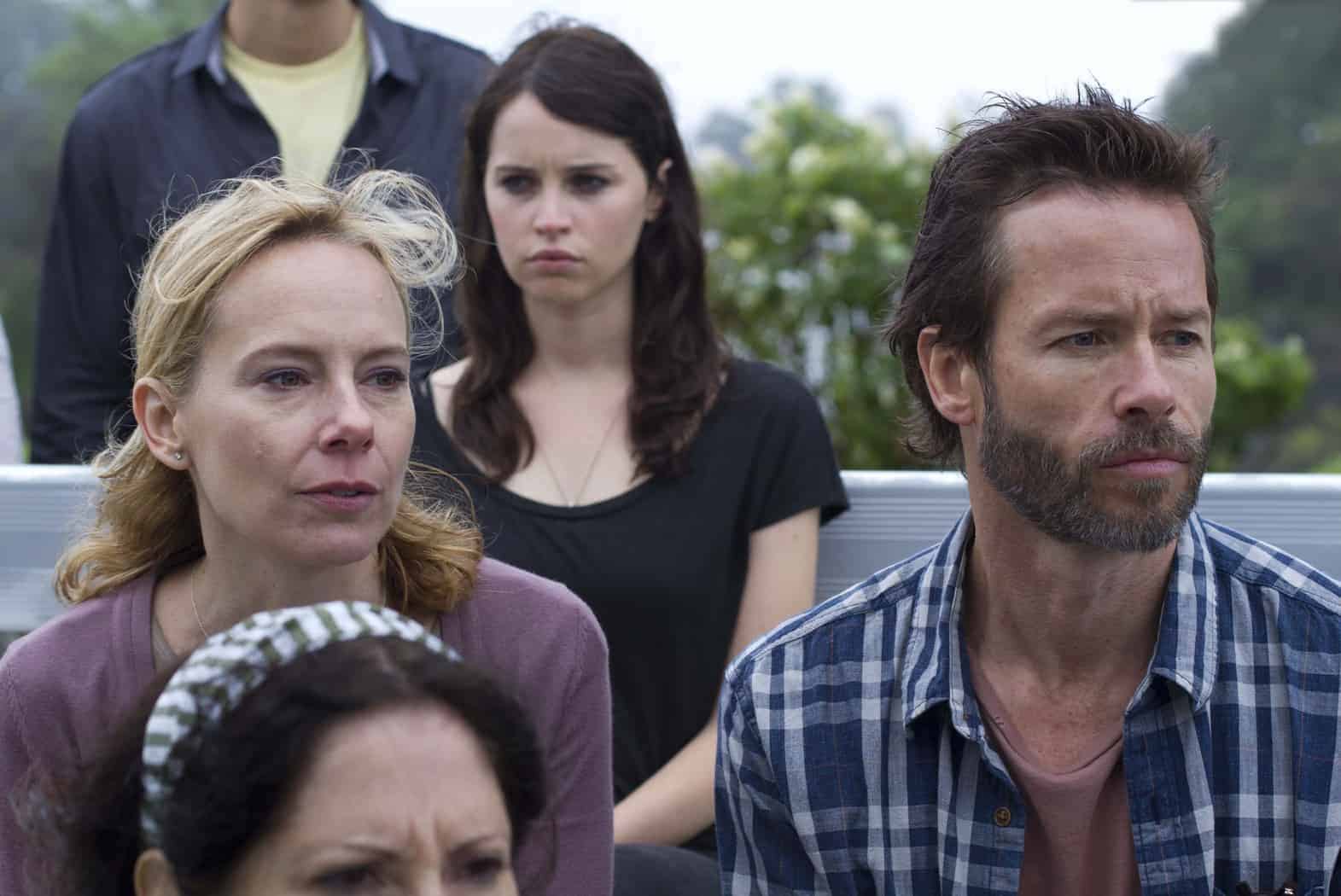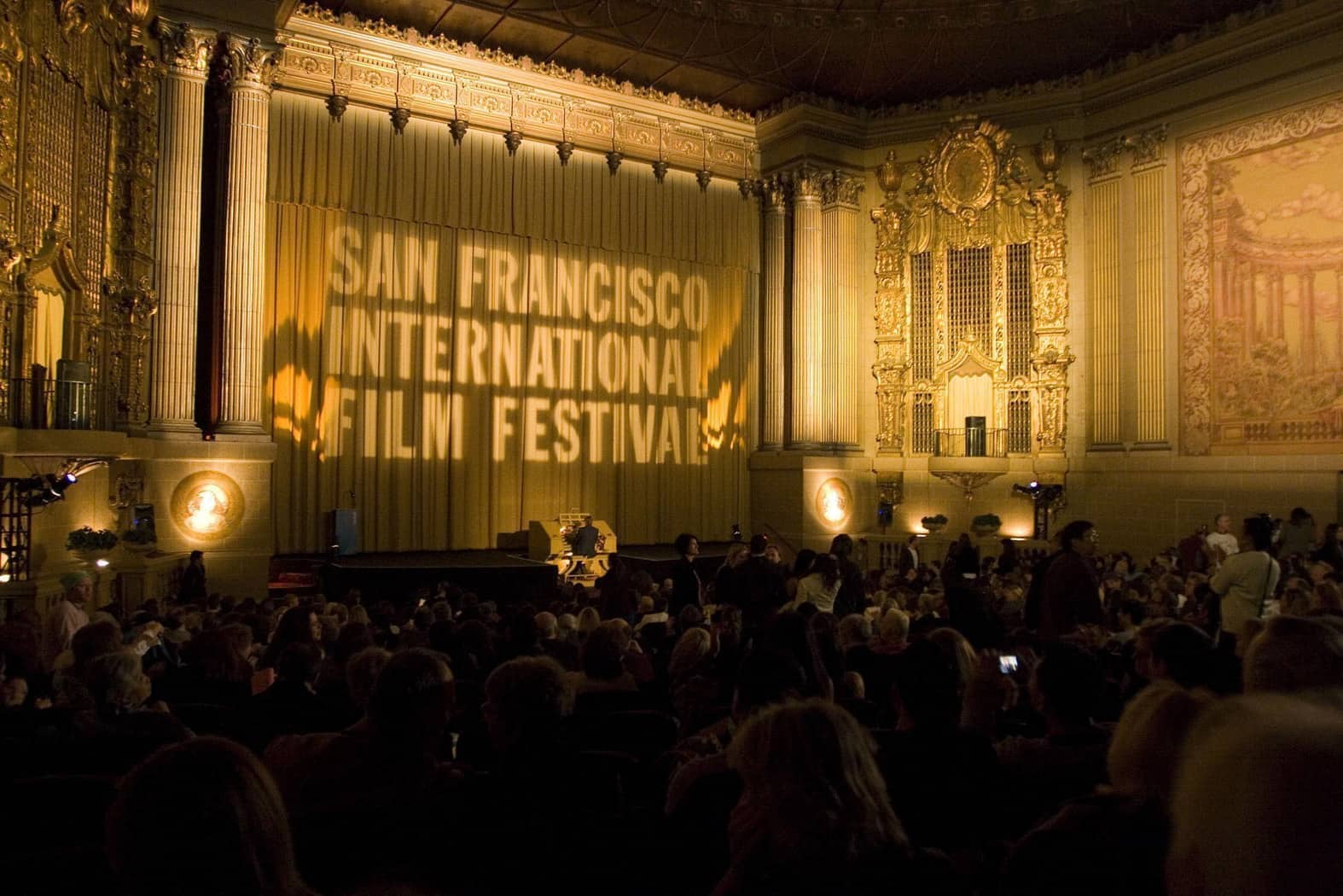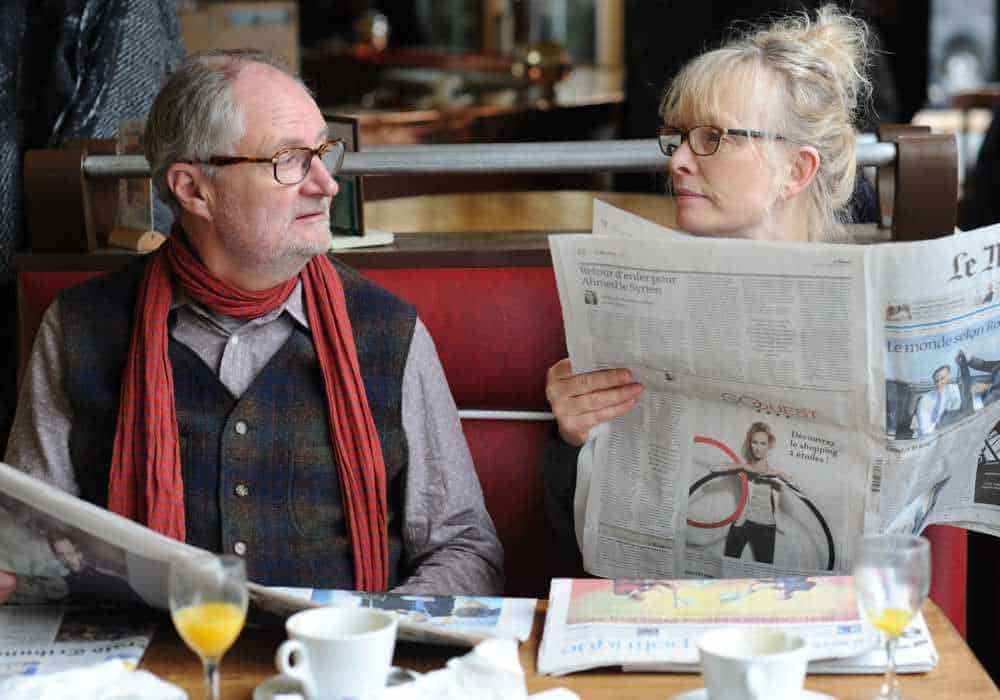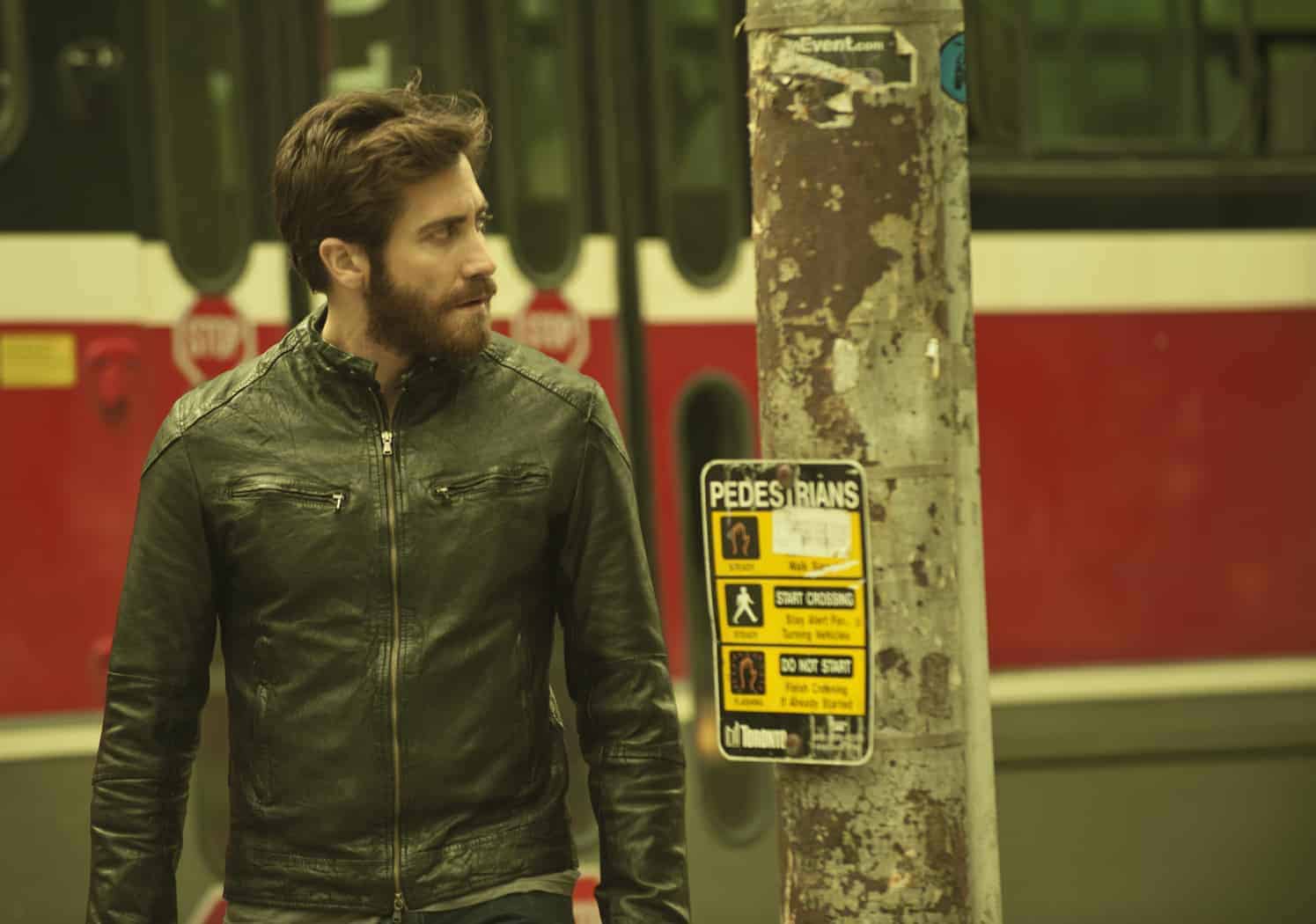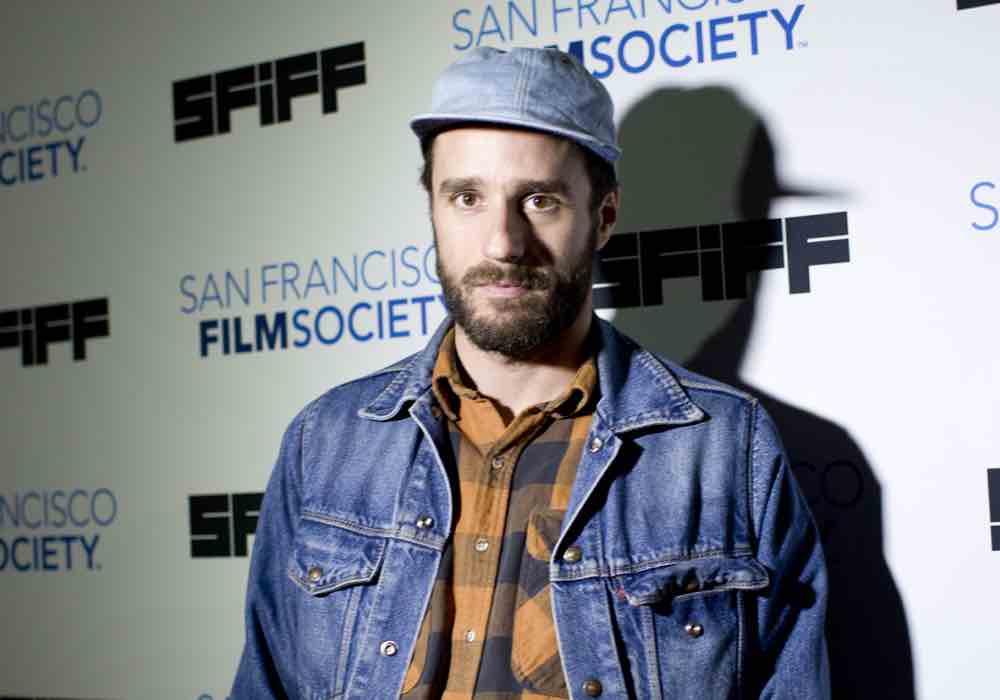Writer-director Drake Doremus’s new meditation on marital infidelity, Breathe In, is a puzzling combination of emotional resonance and frustratingly lazy, on-the-nose directing. When it works, it’s usually thanks to the strong performances of its leads, eighteen-year-old British exchange student Sophie (Felicity Jones, playing a character ten years younger than herself) and the dissatisfied high school […]
What to expect at the 57th annual San Francisco International Film Festival (SFIFF)
The 57th San Francisco International Film Festival (SFIFF) runs from April 24 to May 8, and it is already shaping up to be a must-attend event for cinephiles. The festival will screen 168 films, including 29 documentary features, from 56 different countries, and in 40 different languages. The festival expects 200 filmmakers and industry […]
Review: Le Week-End is a late middle-age Before Midnight
Imagine picking up with Jesse and Celine of Before Midnight in their sixties, and you’ll get an idea of what’s in store in Le Week-End, Roger Michell’s intelligent new film about a middle-aged British couple spending a weekend in Paris. They are Meg (Lindsay Duncan), a teacher who is still gorgeous and vivacious at sixty-three, […]
Review: In Enemy, dangerous doppelgängers meet in Toronto
The Toronto in Denis Villeneuve’s Enemy is always covered in a thick, oppressive layer of smog, making the otherwise beautiful city feel eerie and uninviting. Aerial shots reveal a city under constant construction; the numerous tall buildings create a lonely place where you can easily get lost or go unnoticed. Despite the gorgeous shots of the […]
Review: In the Veronica Mars movie, the gumshoe is back and in fine form
Sparks fly between Jason Dohring and Kristen Bell on the big screen in the Veronica Mars movie.
Director Sebastián Silva on his psychological thriller Magic Magic
For the last two weeks, Chilean writer-director Sebastián Silva has been in San Francisco as the Winter 2014 Artist in Residence with the San Francisco Film Society, talking about his craft with high school and college students, as well as other filmmakers. He also gave a Q&A at a special screening of his most recent […]
